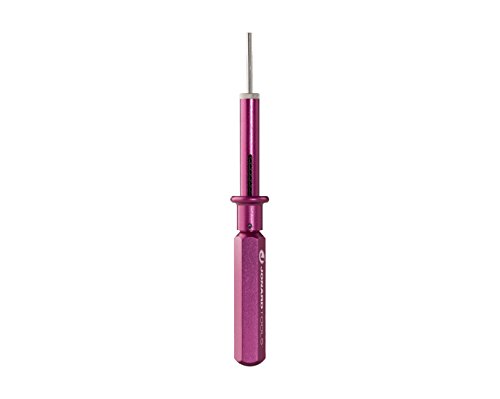I dont know what happened with the bold part of your name's spelling in my post, forum glitch maybe? Maybe I accidently highlighted it bold??Pictures are nice, but they are often not very informative and not documentation by themselves.
What is this?
And what is it with the bold part of my avatar name?
The image I posted was just a nice image I posted in my reply, it's a gold bearing archeon greenrock specimen I pulled from the tailings pile of a gold mine found inside the Mt. Perkins caldera in Arizona. I found 5 specimens that day...
Anyway, about the uploading of documents... There are approx. 400 documents dealing with the prospecting of, pyrometallurgy of, hydrometallurgy of, and assaying of precious metals as well as commercially valuable metals, safety, and ore body types associated with the ores associated with metals, mining, mine engineering, and mine safety. All the types of documents an organization such as GRF should possess, as an institution geared towards the education of the public in the art of refining gold from ore and scrap.
It's possible this library can be offered on a paid subscription basis to members in order to generate funds to keep this organization running, it's up to the admins. I'm a financial supporter if this group and have been for over a decade. I'm not interested in any funds from said subscription, I only mention that as a method for the forum to use to offset its operating costs...
This forum has taught me a lot within the industry and these are the documents I used to supplement my education. I offer it to the forum for future generations of GRF members and industry professionals who have questions, and who can utilize these documents to further thier knowledge and their ability.
So my next question is, where do I upload them...? Do I create a new forum post and just start loading them to that post?
Last edited:











































































